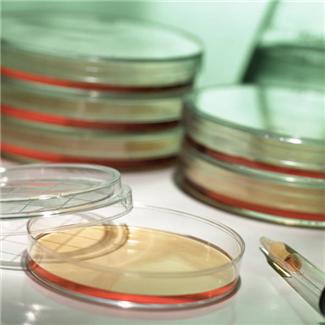
ONE in two women aged under 35 will be rewarded with a baby if they persevere with assisted fertilisation attempts, according to a groundbreaking study.
But the chances of success drop dramatically after five tries.
The University of NSW (UNSW) study is the first in the world to track national success rates for IVF (in vitro fertilisation) and is based on 2011 statistics from 35 centres in Australia and New Zealand.
A major concern is the increasing number of older women seeking treatment, with limited success.
It is important for people to start planning their family at a younger age, says lead author UNSW Professor Elizabeth Sullivan.
Although fertility treatment can be useful, it is always best to conceive spontaneously if possible, says Prof Sullivan, whose study is included in an report to be presented at a Fertility Society of Australia scientific meeting on 1 September.
The overall chance for all age groups of delivering a baby is 21 per cent after one cycle of treatment, increasing to 40 per cent by the fifth cycle.
When women aged 35 and older are removed from the statistics, the success rate jumps to more than 50 per cent after five attempts.
“This is a great result. It shows the benefit of getting treatment early,” says Prof Sullivan.
Around one in 25 babies born in Australia are the result of assisted fertilisation, she says and the average age of women using their own eggs in 2011 was 36.
The fastest growing group is women aged 40 and older, making up 25 per cent of the clinics’ clientele.
Prof Sullivan says although older women have a very low success rate using their own eggs, they usually manage as well as younger women using donor eggs.
Donor eggs are seldom used in Australia, however.
Prof Sullivan is particularly happy with the way Australia and New Zealand have led the way in reducing the number of multiple births through using single embryo transfers.
The percentage of multiple deliveries was at 6.9 per cent in 2011, compared with more than 25 per cent in 2010 in the US.
“Australia and New Zealand have the lowest multiple birth rate in the world,” says Associate Professor Mark Bowman, a fertility doctor and the president of the Fertility Society of Australia.
“Importantly, this has been achieved while the clinic pregnancy rate has remained stable.” – AAP












